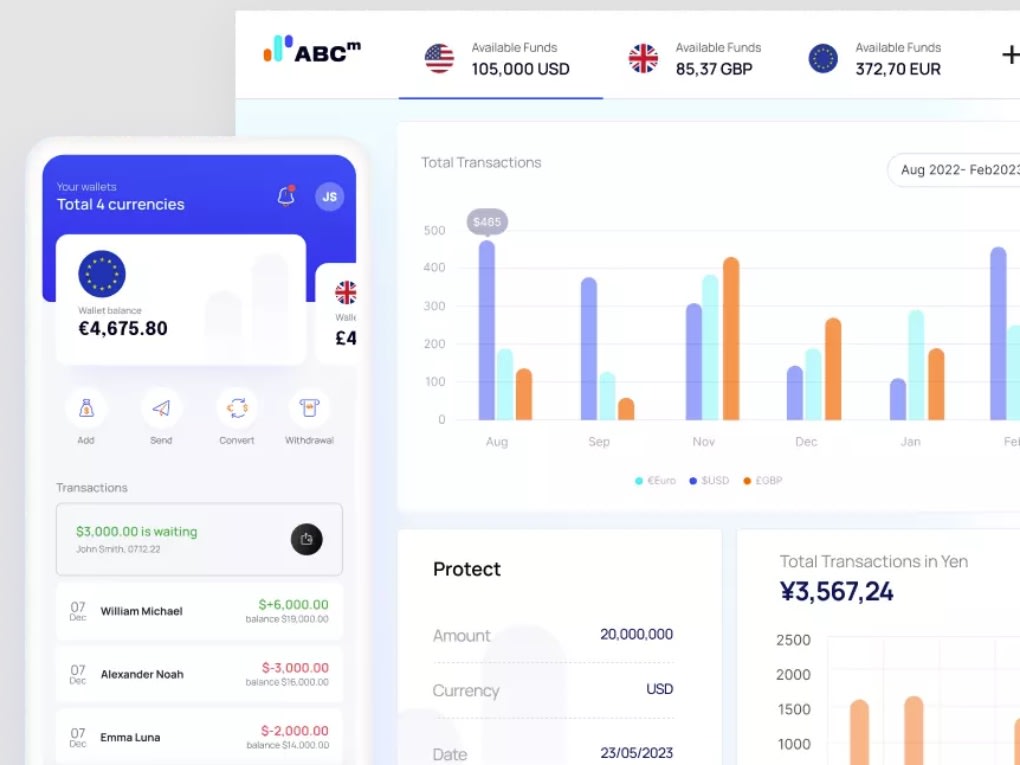Invest
Gearing, borrowing gains traction with pre-retirees
Aussie investors are increasingly using gearing to finance their investments, a new study has found.
Gearing, borrowing gains traction with pre-retirees
Aussie investors are increasingly using gearing to finance their investments, a new study has found.

The 2018 Borrowing to Invest Report, released today by Investment Trends, has found that many Australian investors are using debt to invest in direct shares, ETFs and/or managed funds.
The report, which analysed 8,718 Australia-based online investor’s attitudes and behaviors, discovered that gearing has become a popular means of acquiring capital for investment across most investor age groups.
“Nationwide, an estimated 86,000 online investors are gearing their investment portfolio through a variety of methods, most commonly with margin lending products, line of credit secured against their home equity and home loan redraw facilities,” said John Carver, analyst at Investment Trends.
“These borrowers firmly believe in gearing’s effectiveness as a wealth creation strategy and on a net-basis agree others their age should also use leverage to achieve their goals.”

The report found that most investors who are utilising gearing are in the ‘late-accumulation stage’ of between 50 and 64 (19 per cent). This is followed by the 35-50-year-old age bracket, in which 16 per cent of online investors are using borrowings.
Millennials are the smallest group of investors using gearing, at just 5 per cent, however the report found there is significant interest from the group to begin to use debt in financing their investments. Fifty-one per cent of Millennials cited interest in using gearing this way in the future, coinciding with the report’s modelling that indicates 81,000 investors will begin utilising borrowing in the next 12 months.
“Millennial borrowers recognise many benefits of leverage-funded investing, particularly its ability to facilitate greater investment given their cash flow and ability to achieve increased diversification in their portfolios,” said Mr Carver. “These benefits are cited more often than older borrowers, who are more likely to cite negative gearing as a key advantage.
“In addition, Millennials tend to consider a wider range of lenders before selecting a margin loan provider (3.8 on average vs 2.2 for the industry), meaning that lenders must establish a wider range of hooks to attract Millennials, who tend to be more demanding.
“In particular, lenders must recognise the unique set of needs and wants of younger investors, such as their greater desire for ETFs. Those who best understand these preferences will stand out.”
Margin lending was found to be the most popular credit product for those using gearing to finance their investments, with 52,000 utilising such loans.
The popularity of this style of lending is predicted to endure for years to come, as 62 per cent of investors surveyed admitted they intended to continue using margin lending for five years or more. A further 18 per cent also said they wanted to continue such lending until they reach their wealth or savings goals.
“Margin lending investors predominantly see borrowings as a long-term investing tool, not for short-term gains,” said Mr Carver. “This is also reflected in their level of gearing, with an average margin loan LVR of 42 per cent.”
Investors indicated they saw utilising margin lending as offering good investment opportunities, with 40 per cent saying they intended to increase their margin loan borrowings to continuing investing into the future.

Stock market
International stocks: Diversifying your portfolio beyond Australia
In an increasingly globalized market, Australian investors have the opportunity to enhance their investment portfolio by incorporating international stocks. Diversifying your investments globally can ...Read more

Stock market
Stock market rally likely to continue regardless of Fed minutes tone, says deVere CEO
The bull run that has propelled Wall Street's major indexes to record highs this month is expected to continue regardless of the tone of the upcoming Federal Reserve minutes, according to Nigel Green, ...Read more

Stock market
US stock rally driven more by valuation growth than earnings, leaving tech names vulnerable: Innova
The strong gains in US stocks over the past year, particularly in the technology sector, have been driven more by expanding valuations than underlying earnings growth, leaving them exposed to a ...Read more

Stock market
Sun Silver to make its ASX debut with a $13 million IPO
Sun Silver Limited (proposed ASX Code: "SS1") has announced the opening of its Initial Public Offering (IPO) today, aiming to raise a minimum of $10 million and a maximum of $13 million (before costs)Read more

Stock market
Nasdaq hits record high, underscores the value of tech in investment portfolios
The Nasdaq Composite's surge to an all-time high last Friday highlights the importance of incorporating technology into investment strategies. Read more

Stock market
Apple sets an unprecedented profit pace within the GAFAM group in 2023
After navigating through the economic difficulties presented in 2022, the technology sector has demonstrated resilience and growth, with many companies seeing increases in revenue and stock value. Read more

Stock market
Fintech startup okoora unlocks over $3 billion in forex savings for businesses
Fintech innovator okoora has announced it has saved customers a monumental amount over $3 billion through international foreign exchange transactions. Read more

Stock market
Google's Gemini edges out ChatGPT4 in groundbreaking AI showdown
Google's latest AI model, Gemini, has edged out OpenAI's ChatGPT4 in a recent set of rigorous multi-discipline tests, marking a significant milestone in the large language model (LLM) sector. Read more

Stock market
International stocks: Diversifying your portfolio beyond Australia
In an increasingly globalized market, Australian investors have the opportunity to enhance their investment portfolio by incorporating international stocks. Diversifying your investments globally can ...Read more

Stock market
Stock market rally likely to continue regardless of Fed minutes tone, says deVere CEO
The bull run that has propelled Wall Street's major indexes to record highs this month is expected to continue regardless of the tone of the upcoming Federal Reserve minutes, according to Nigel Green, ...Read more

Stock market
US stock rally driven more by valuation growth than earnings, leaving tech names vulnerable: Innova
The strong gains in US stocks over the past year, particularly in the technology sector, have been driven more by expanding valuations than underlying earnings growth, leaving them exposed to a ...Read more

Stock market
Sun Silver to make its ASX debut with a $13 million IPO
Sun Silver Limited (proposed ASX Code: "SS1") has announced the opening of its Initial Public Offering (IPO) today, aiming to raise a minimum of $10 million and a maximum of $13 million (before costs)Read more

Stock market
Nasdaq hits record high, underscores the value of tech in investment portfolios
The Nasdaq Composite's surge to an all-time high last Friday highlights the importance of incorporating technology into investment strategies. Read more

Stock market
Apple sets an unprecedented profit pace within the GAFAM group in 2023
After navigating through the economic difficulties presented in 2022, the technology sector has demonstrated resilience and growth, with many companies seeing increases in revenue and stock value. Read more

Stock market
Fintech startup okoora unlocks over $3 billion in forex savings for businesses
Fintech innovator okoora has announced it has saved customers a monumental amount over $3 billion through international foreign exchange transactions. Read more

Stock market
Google's Gemini edges out ChatGPT4 in groundbreaking AI showdown
Google's latest AI model, Gemini, has edged out OpenAI's ChatGPT4 in a recent set of rigorous multi-discipline tests, marking a significant milestone in the large language model (LLM) sector. Read more








